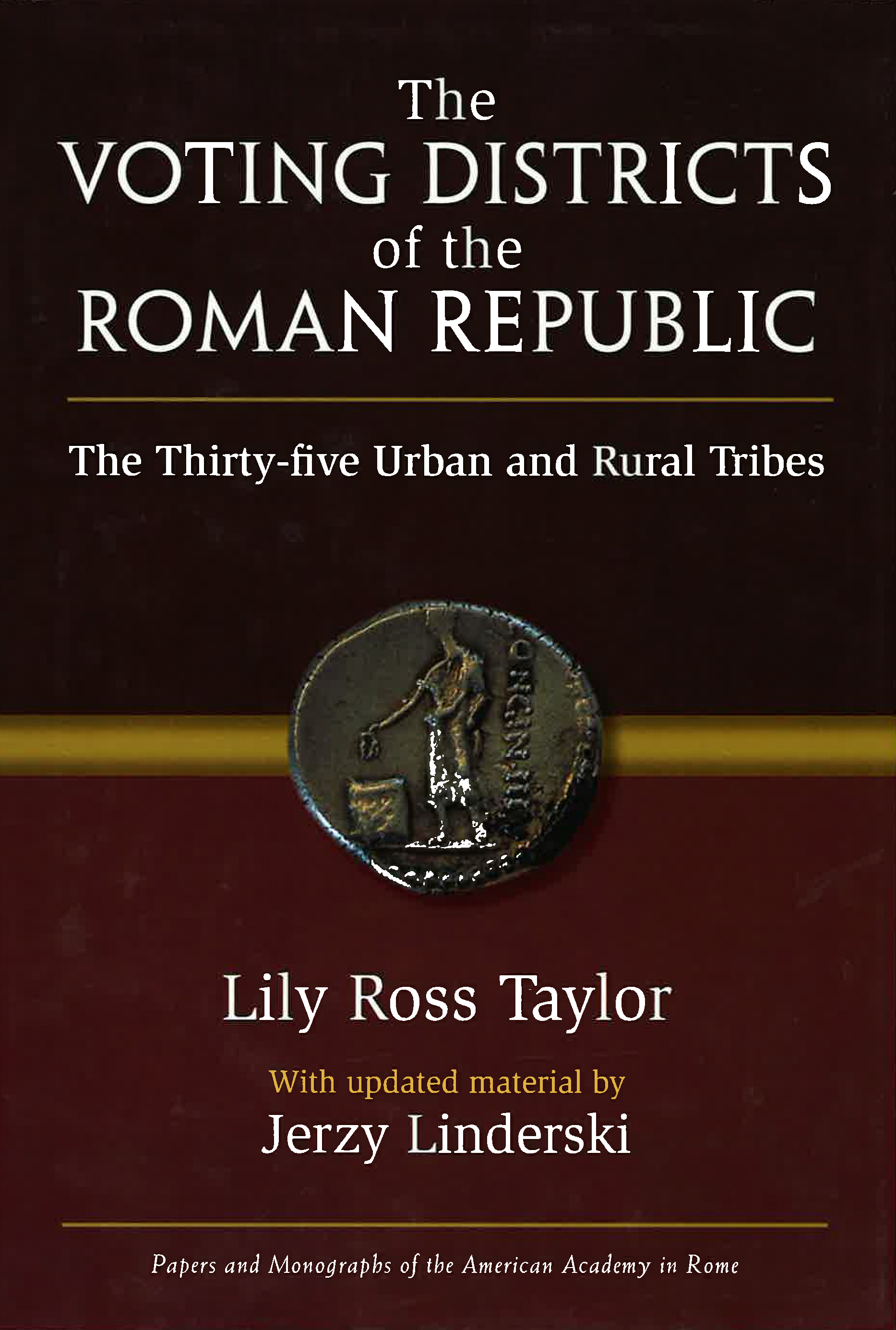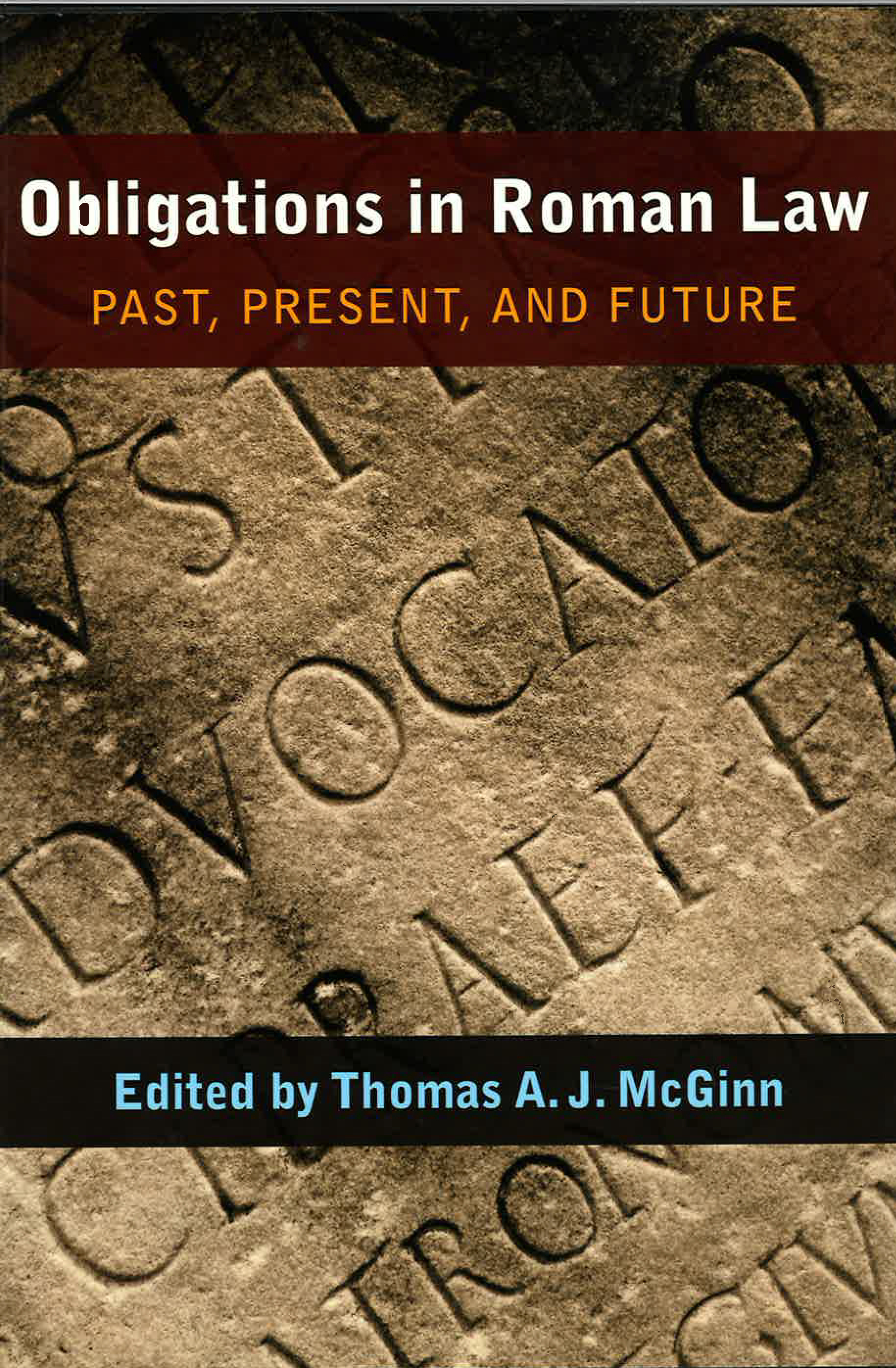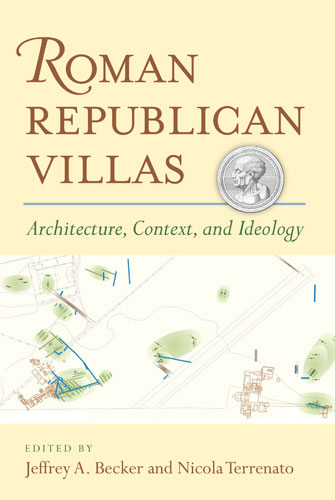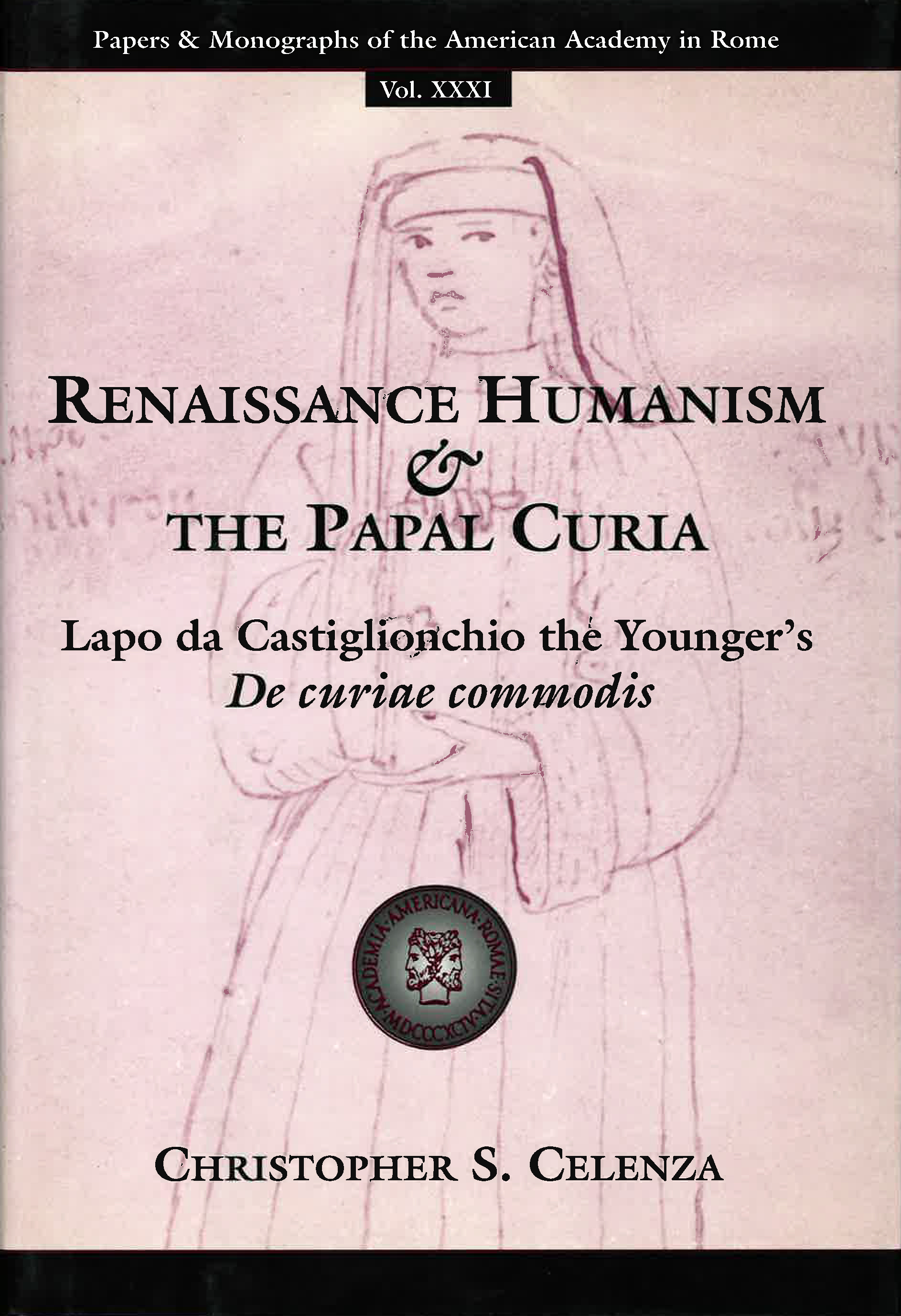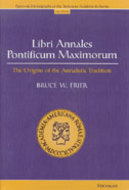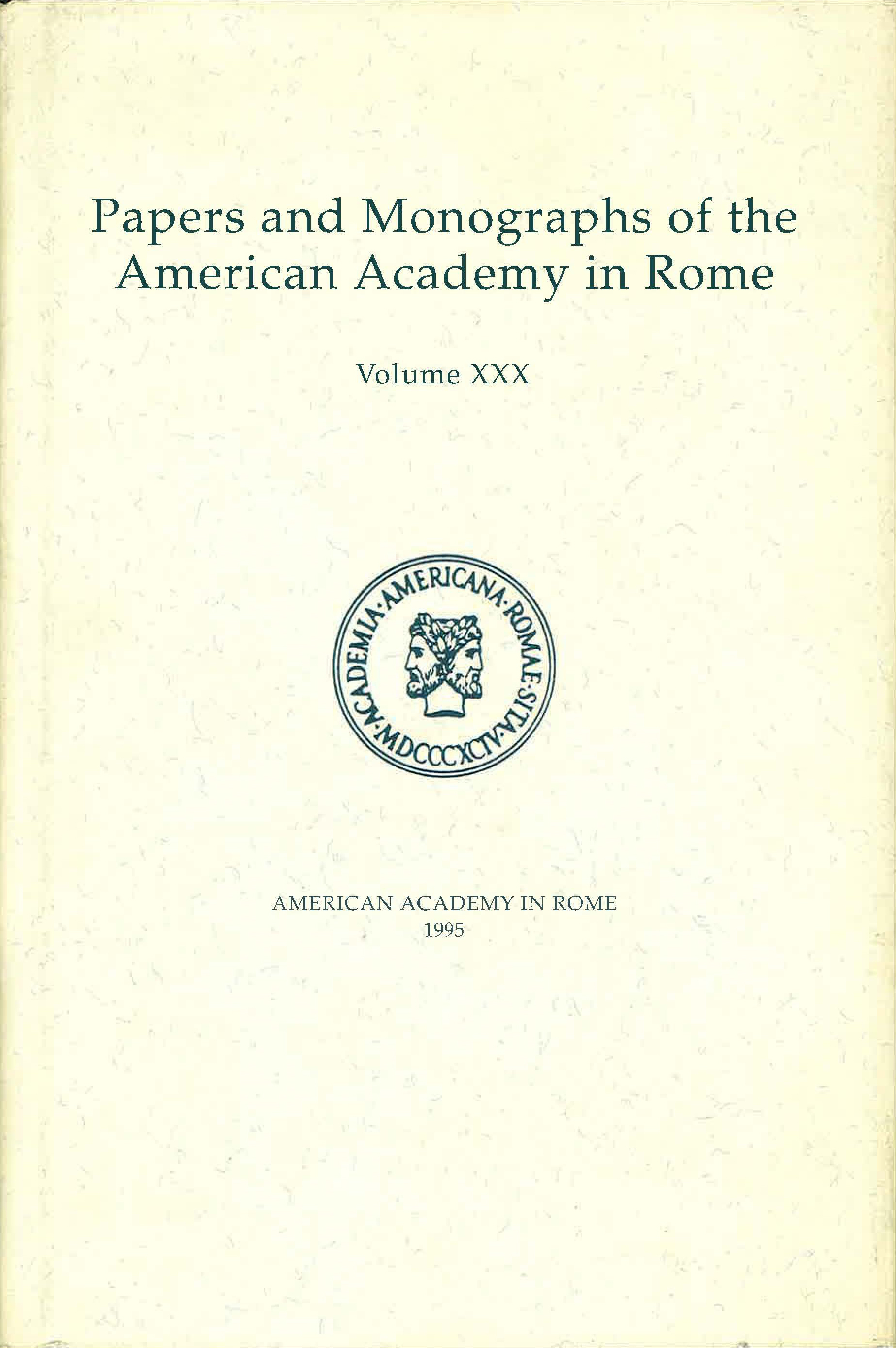Jeffrey A. Becker and Nicola Terrenato, editors
The Roman villa is a classic icon of Western culture, and yet villa can be used to cover a multiplicity of ideas, experiences, and places. In the late Republic and early Imperial periods, villas are inseparable from elite lifestyles, providing a prestigious setting for leisurely and intellectual pursuits. But how did these advanced buildings come about? Roman Republican Villas examines key aspects of early villa culture and architecture, with the goal of understanding the development and deployment of villas in Republican Italy. For instance, where does the “classic” villa architecture originate? How do writers like Cato the Elder or Varro use the villa to their own advantage? How visible are Republican villas in the landscape of central Italy?
Traditional theories about villa development have been largely focused on stereotypical ideals of early Roman austerity and industriousness. New work at sites such as the Auditorium, however, proves the existence of luxurious residences already by the 5th–4th century BCE, even before the Roman conquest of Italy. Such recent developments in archaeological fieldwork have begun to reshape the discourse in such a way that old assumptions are being challenged and, in many cases, found wanting. Within this atmosphere of new discoveries and reconsideration, scholars are uniquely poised to reexamine the villa and the part it played in the culture of Roman Italy, in terms of both the material remains and the literary sources. The villa also plays a prominent role in Republican literature such as the De agri cultura of Cato and the texts of Varro, as the early Latin authors seek to fashion identities for themselves and the city of Rome. Drawing on diverse source materials, the collected essays of Roman Republican Villas help to recenter the discussion of Roman villa culture, particularly in light of new evidence offered both by fieldwork and by new approaches to Republican agricultural writers.
This volume brings together scholars of Latin literature, Roman history, and classical archaeology to offer a multidisciplinary approach to the questions connected to the emergence and development of villas and their farming culture. With contributions from leading scholars Jeffrey A. Becker, John Bodel, Stephen L. Dyson, Carin M. C. Green, Brendon Reay, Nicola Terrenato, Mario Torelli, and Rita Volpe, the viewpoints offered build upon previous scholarship and ask challenging questions about how the evidence of Roman villas has traditionally been interpreted.
